I have built a wide variety of models — mostly military in nature. I have no idea how many models I have built over the years, but I still have a few that have survived and made their way from Tennessee to Florida.
I’ve built a few vehicles, but they were either a reproduction of a family car, some sort of “war wagon”, or something unique or unusual.
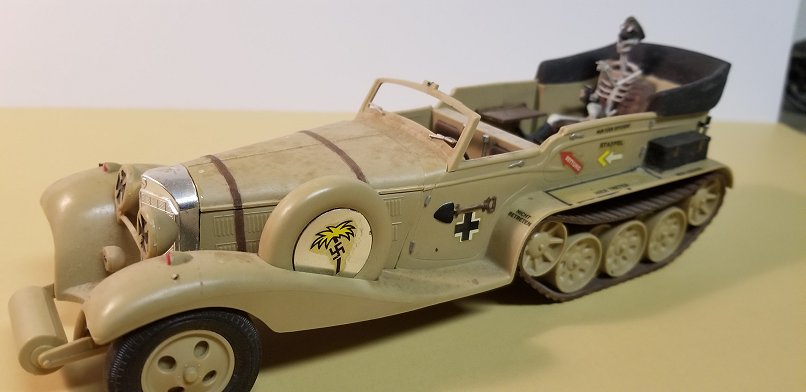
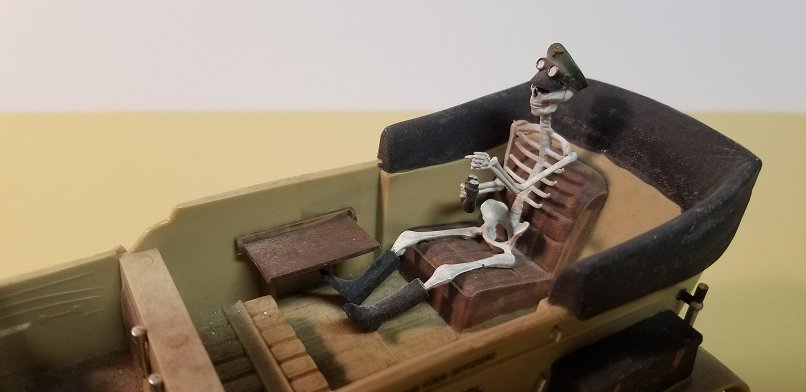
One of these that have survived is “Rommel’s Rod”. This model is undated, but likely is from my high school years (the early 70’s).
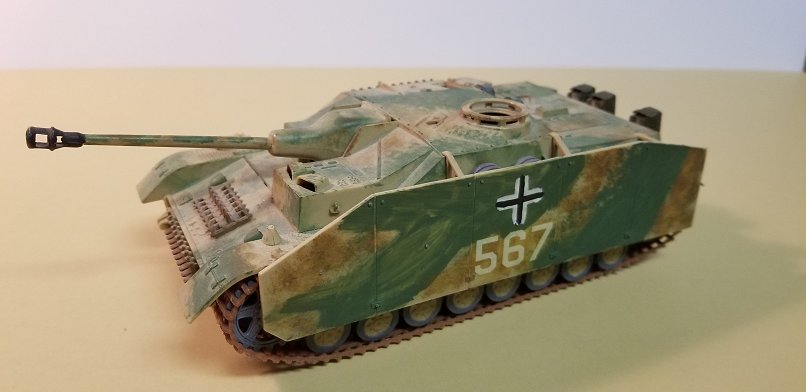
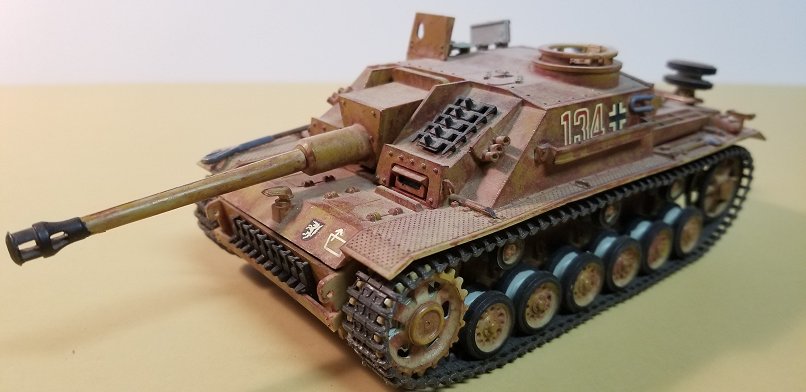
There have been a few tanks, and many of them are still around, proving that this is not a tankless hobby after all. These German assault guns were constructed when I was in high school. While the Sturmgeschutz IV on the top is undated, the one on the bottom was completed on June 12, 1974.
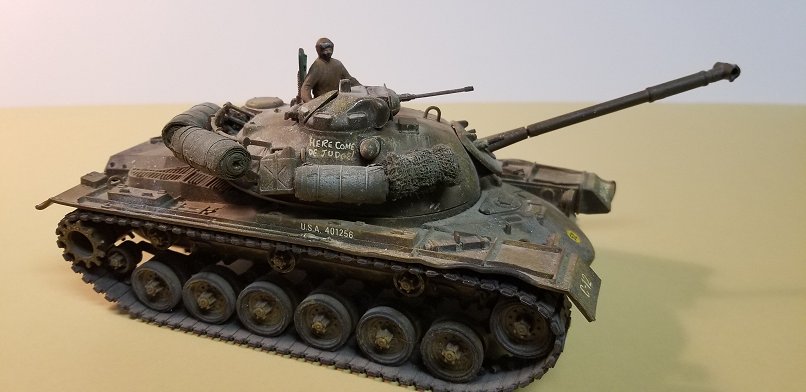
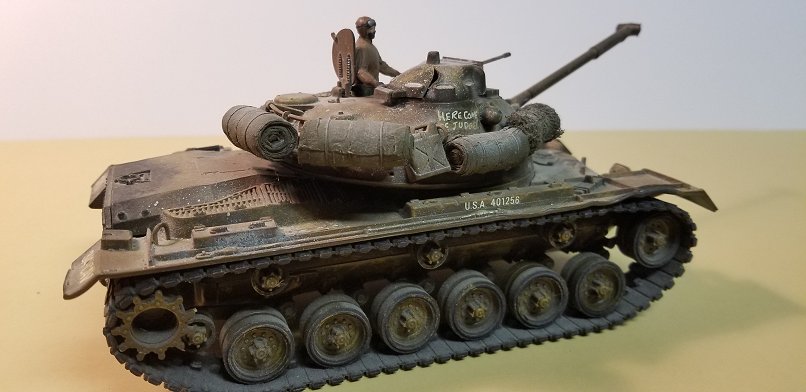
I am particularly proud of this Patton tank, dated January 27, 1973. I was inspired by how effective rolled up tissues and gauze looked as added equipment attached to a stock model. I also experimented with some weathering techniques. I had a smaller, motorized version of a Patton that I surreptitiously sent scuttering across my 5th grade classroom. I’m not sure I remember getting that one back.
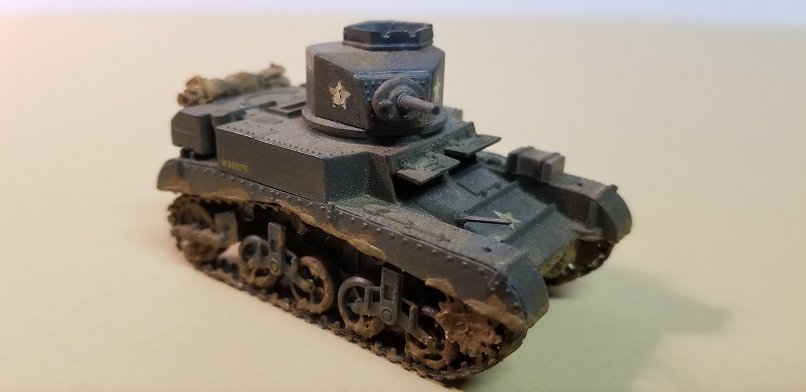
My focus was on weathering this tiny 1/72nd scale M3 Stuart tank, including caked-on mud around the tracks. The captain of this machine, who used to poke out of the top hatch, has long since gone AWOL. The Stuart tank is dated October 9, 1975—the beginning of my senior year at Farragut High School. I recently ran across a real-life Stuart tank in Georgia, and purchased a 1:35 scale version, along with a separate tank crew, with plans to create a diorama.
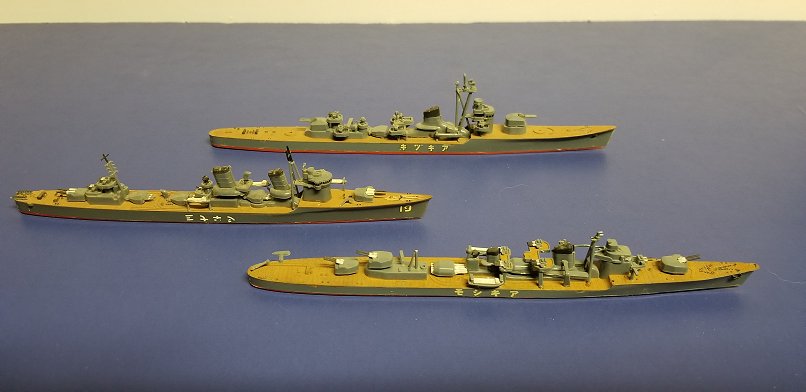
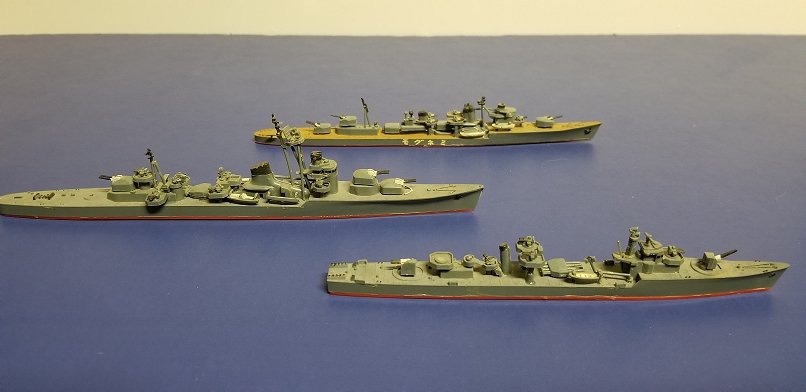
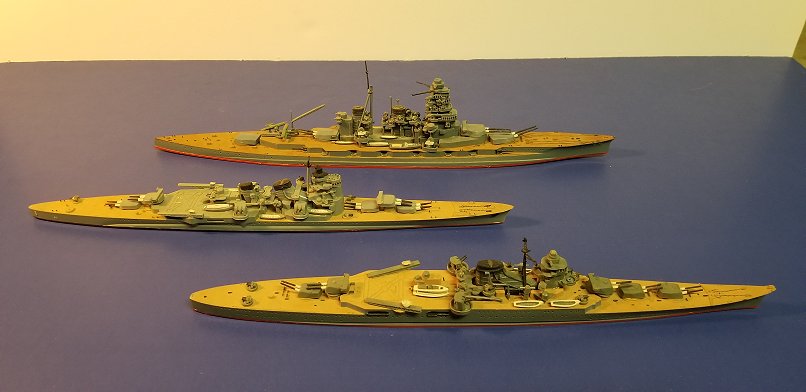
Sometimes ships have struck my fancy. As a youngster, I built a replica of the Mayflower, several submarines and WWII ships of all sizes. One group of models that has survived mostly intact are my 1/700th scale Japanese warships, crafted predominately while I was in middle school and high school.
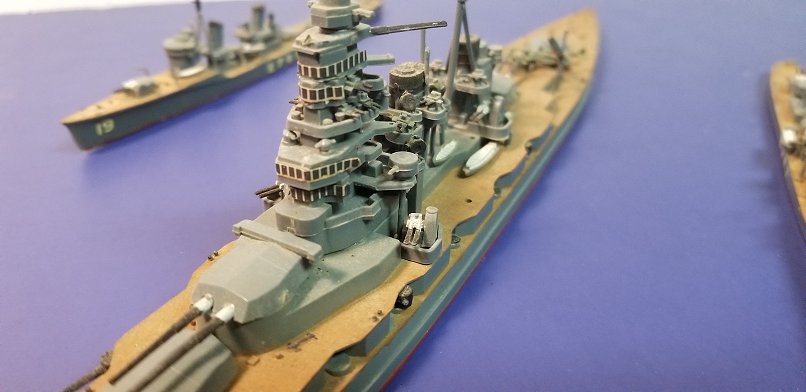
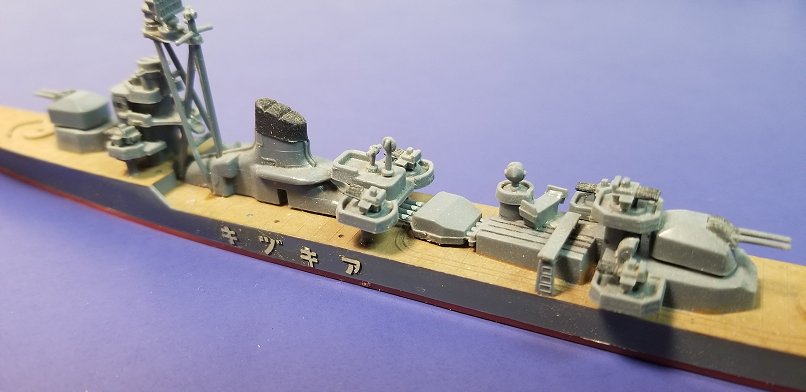
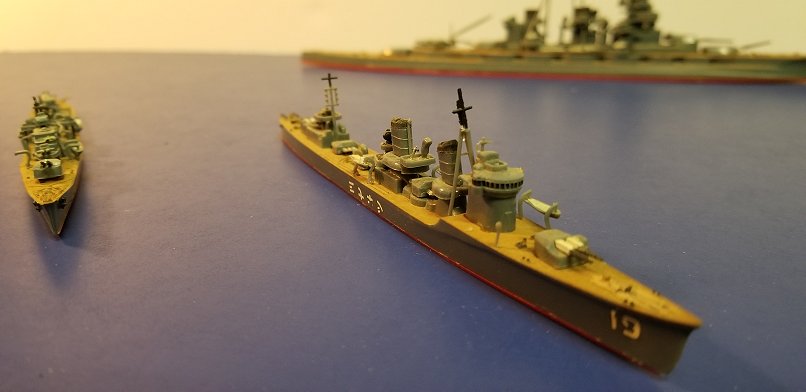
There are still several containers in the attic with unbuilt kits—monsters, comic book characters, sailing ships, Japanese warships, Star Wars models, and 2 large unfinished RC airplanes. One of the coolest is a large, detailed stagecoach model with a 4-horse team, passengers and a hold-up guy. I started this years ago but didn’t get far – just waiting on the time to do it justice and have plans to include it in a desert scene diorama. More pressing activities and display issues prevent me from tackling these for now.
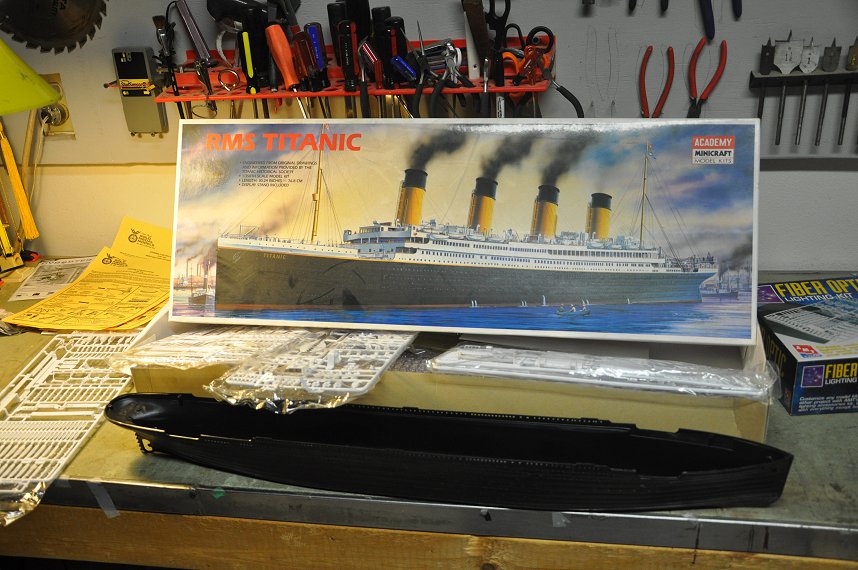
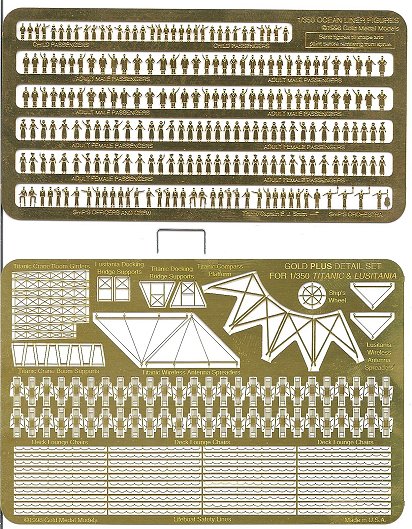
Another prize kit waiting in the wings is a detailed model of the Titanic, including many ultra-detailed photoetched brass parts (including deck chairs and people) and a separate lighting kit. This one is still in the box. It will take some time and will challenge these aging eyes. Frankly, I am a little frightened of it. A more practical concern is where to display it when it is complete, now that I no longer have a classroom. I may just leave it to my brother in my will…
One other collection not only has survived from my high school years but has thrived to this day as I continue to build new entries: my “monster model” collection. Technically, they are not all “monsters”, but figurines of various scales and topics that have followed me throughout my career. These warrant their own section — Monsters and Such.
One of the most predominate types of models that I built were the airplane models. I have always been fascinated with “things that fly”. One of my very first hobbies was chasing and collecting butterflies. I was five or six years old. I never liked to euthanize the butterflies, but that was the only way to display them. Eventually, my reticence to kill them halted the collecting of the butterflies but not my appreciation of their beauty, which continues to give me pleasure.
This fascination with flight also manifested itself in a growing interest in airplanes and spacecraft and plastic models of both in various scales. I was a child in the sixties and followed the development of the NASA space program by building models of the rockets and spacecraft of the day. Included here were models of ships featured on Star Trek and Star Wars. I began to cultivate an interest in history, especially the war in the air during World War II, and my models reflected this interest. The only survivor is a B-17 which has lost pieces over the years due to sloppy storage.
Besides the plastic scale model airplanes, I enjoyed constructing flying models. This began with paper airplanes. When we were in fourth grade, my friend Hank and I would challenge each other to epic paper plane battles, constantly seeking new designs. I soon constructed simple balsa wood planes powered by rubber bands and covered with tissue paper. This branch of my modeling experience evolved over the years and is documented in the section Models That Fly.
The Take-Away
What did (and do) I get from this hobby? As with most facets of my life, the journey is often more important than the destination. Although a large chunk of my youth was spent in this solitary pursuit, I credit my model-building with instilling within me the valuable skills of patience, observation, an eye for detail, creativity, spatial recognition, and the importance of following directions. Therefore, it wasn’t a great leap, in 1976, to pick up pieces of hardwood in a college class and instinctively understand how to work them into the construction of an Appalachian dulcimer.
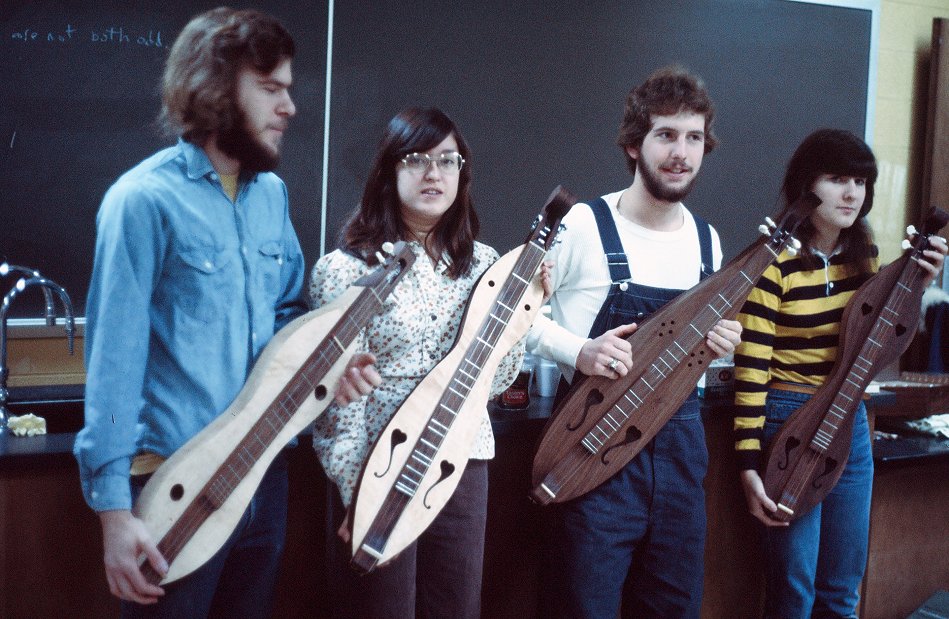
Since then, I have continued to improve on my dulcimer constructing and have created instruments periodically whenever I’ve had the time. Several years ago I formed Nature Coast Dulcimer Works, LLC to build and repair dulcimers. I have also initiated many other woodworking projects, including shelving, wall units, telescope tripods, and cases for sound equipment. If it can be made of wood, I can usually build it.
I have also gone full-circle with the woodworking and modeling. When designing a project, especially a large-scale project, I find I can better visualize things by creating a three-dimensional scale miniature of the construction process. Examples of these can be found on my page of Architectural Models.
So, I guess I was not a typical teenager. (Heck, I’m not a typical adult!) I still had friends and was still a sociable person. Back in the 1970’s, being social meant visiting someone in person or calling on the phone. (I have never been a heavy-duty phone user – phone conversations are for conveying information, not for long, rambling chats about nothing in particular.) My solitary hobbies, especially working in miniature, have given me an outlet for my creativity and the ability to problem-solve by really observing and focusing on whatever situation warrants my attention. The pride of a completed project, that ultimately came from my head, has contributed to the calmness and joy that I find in everyday life.
